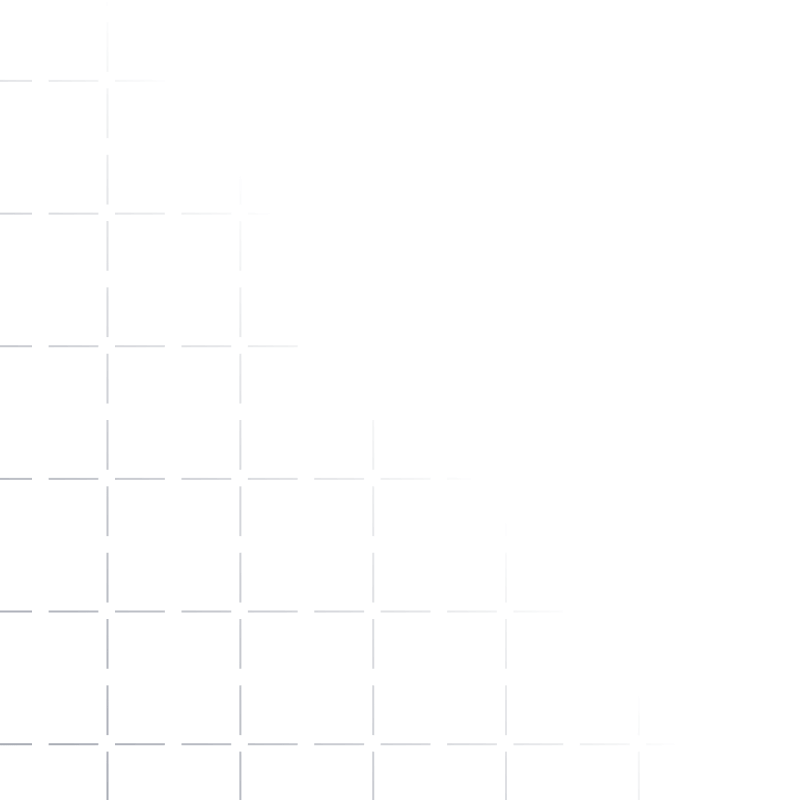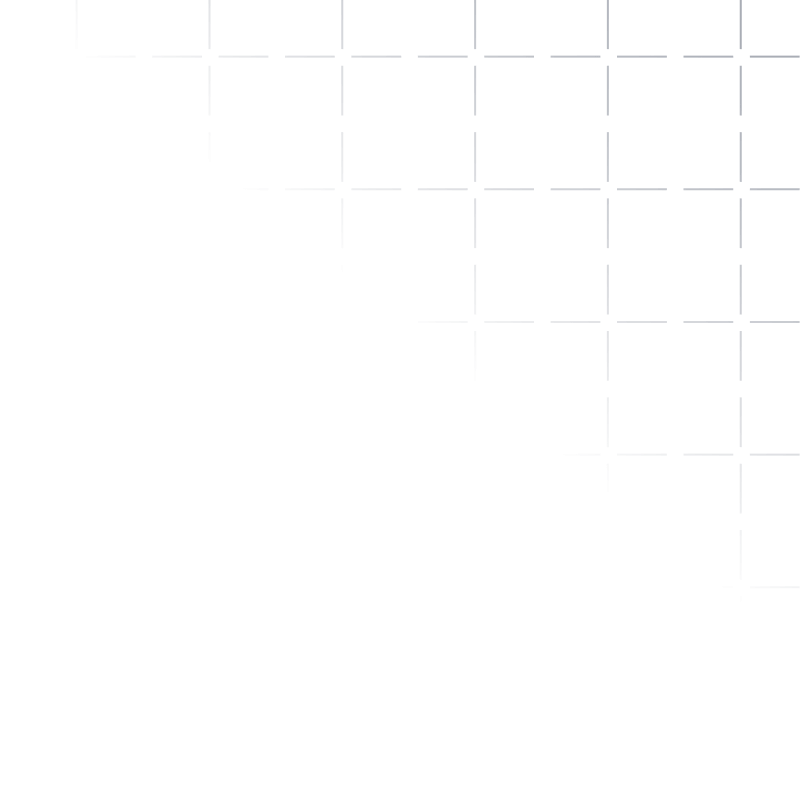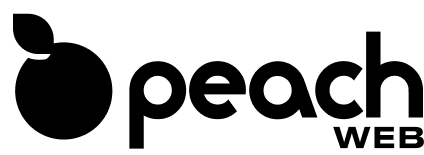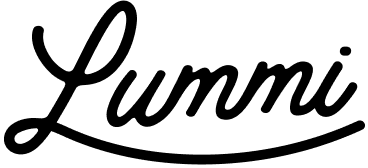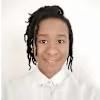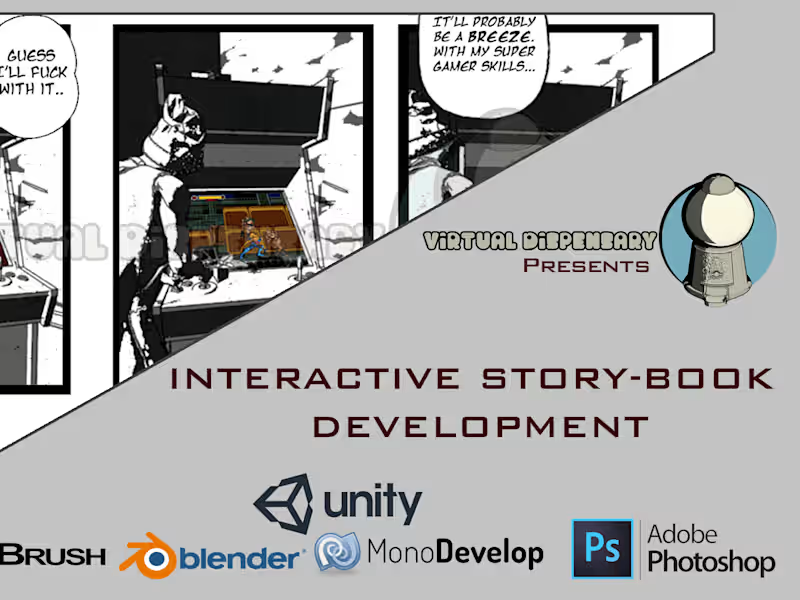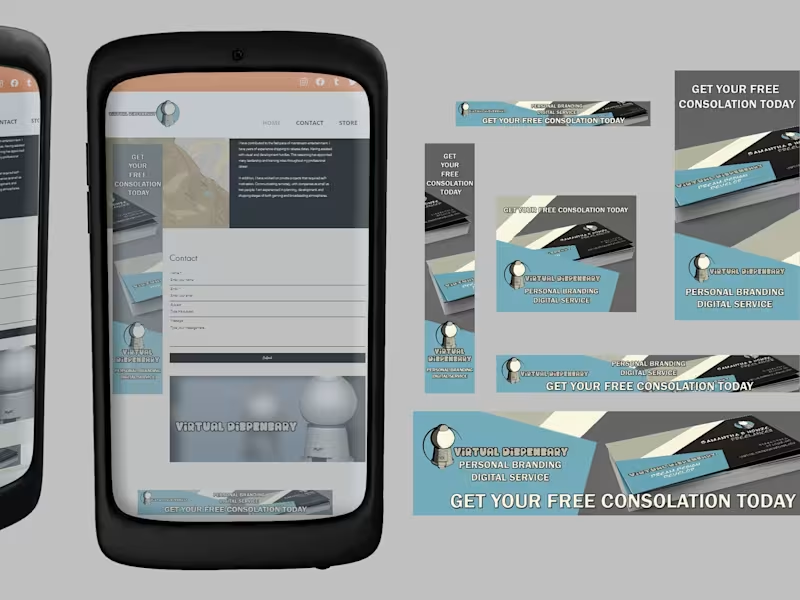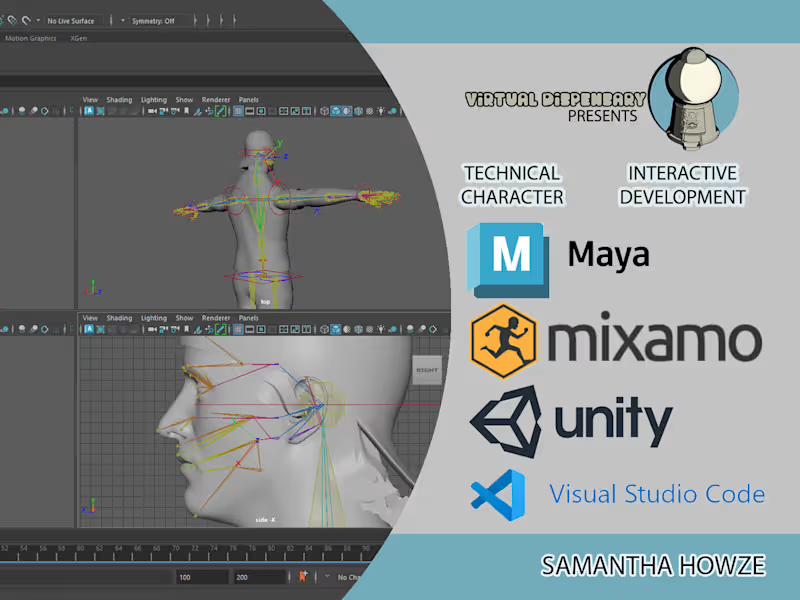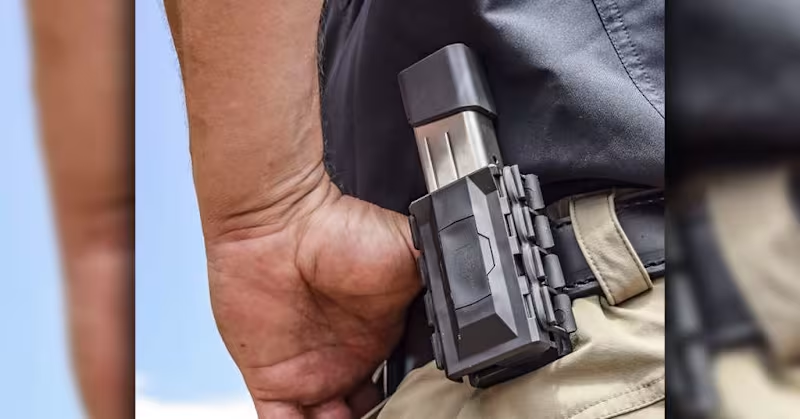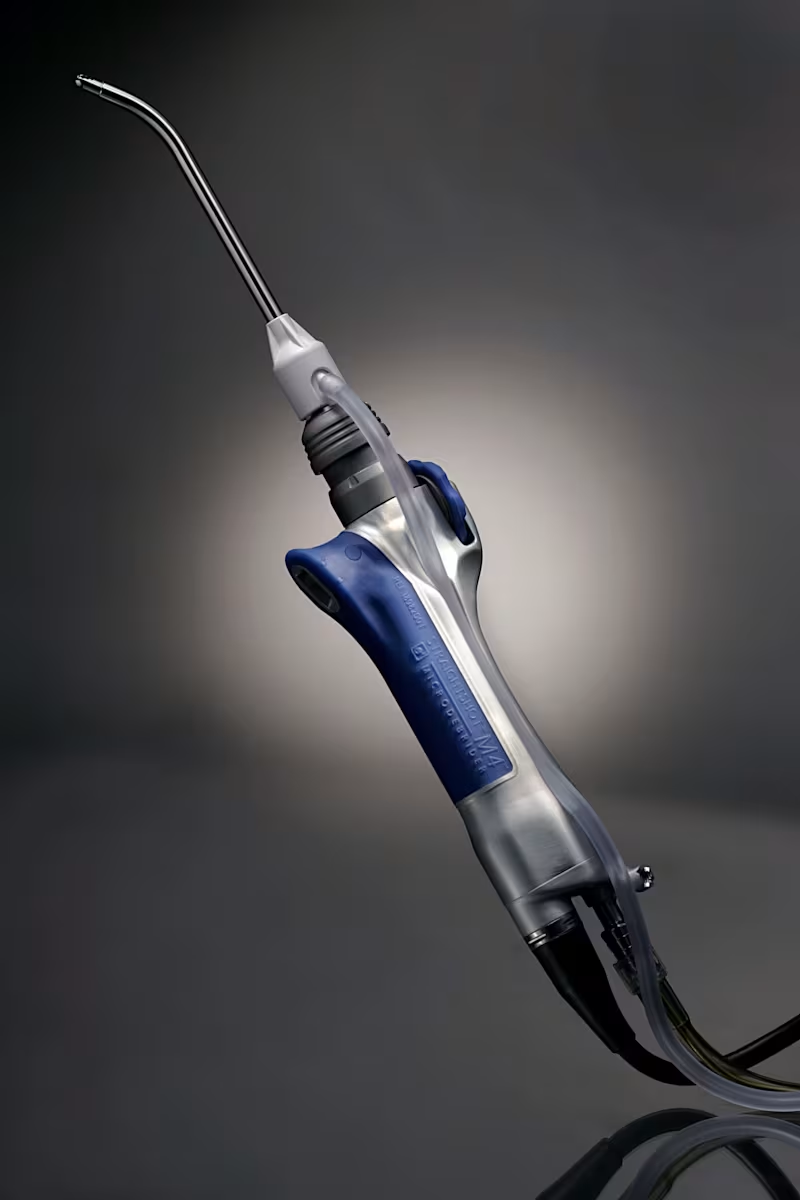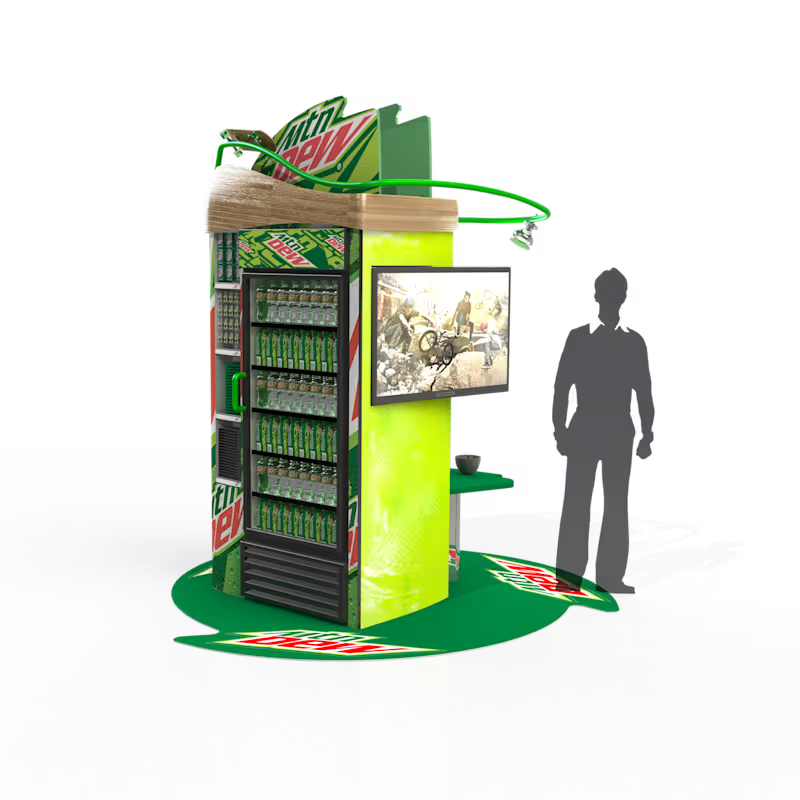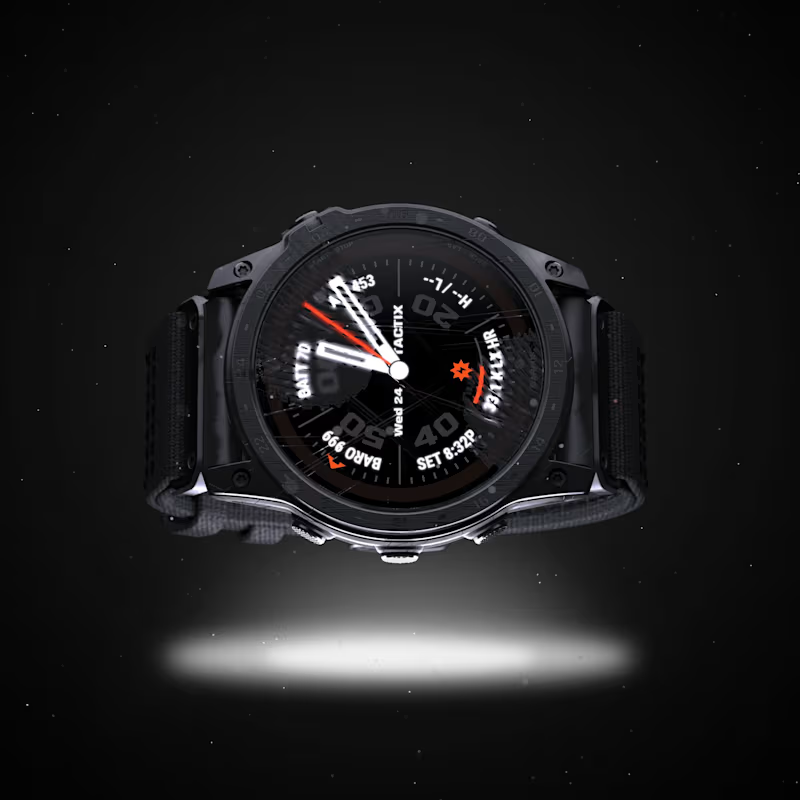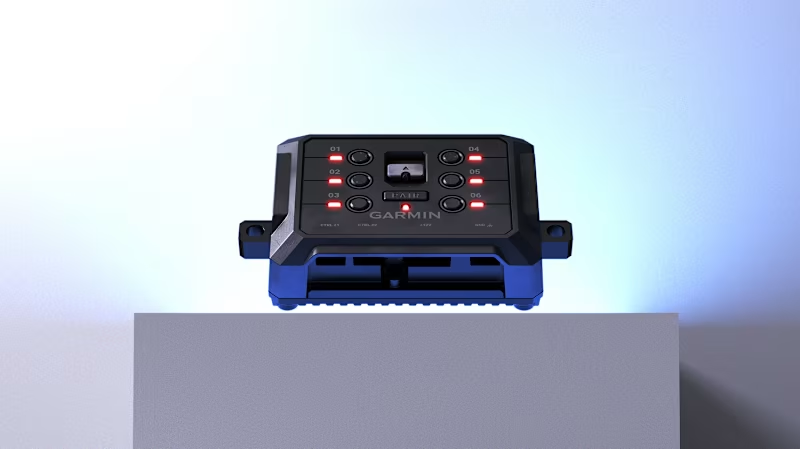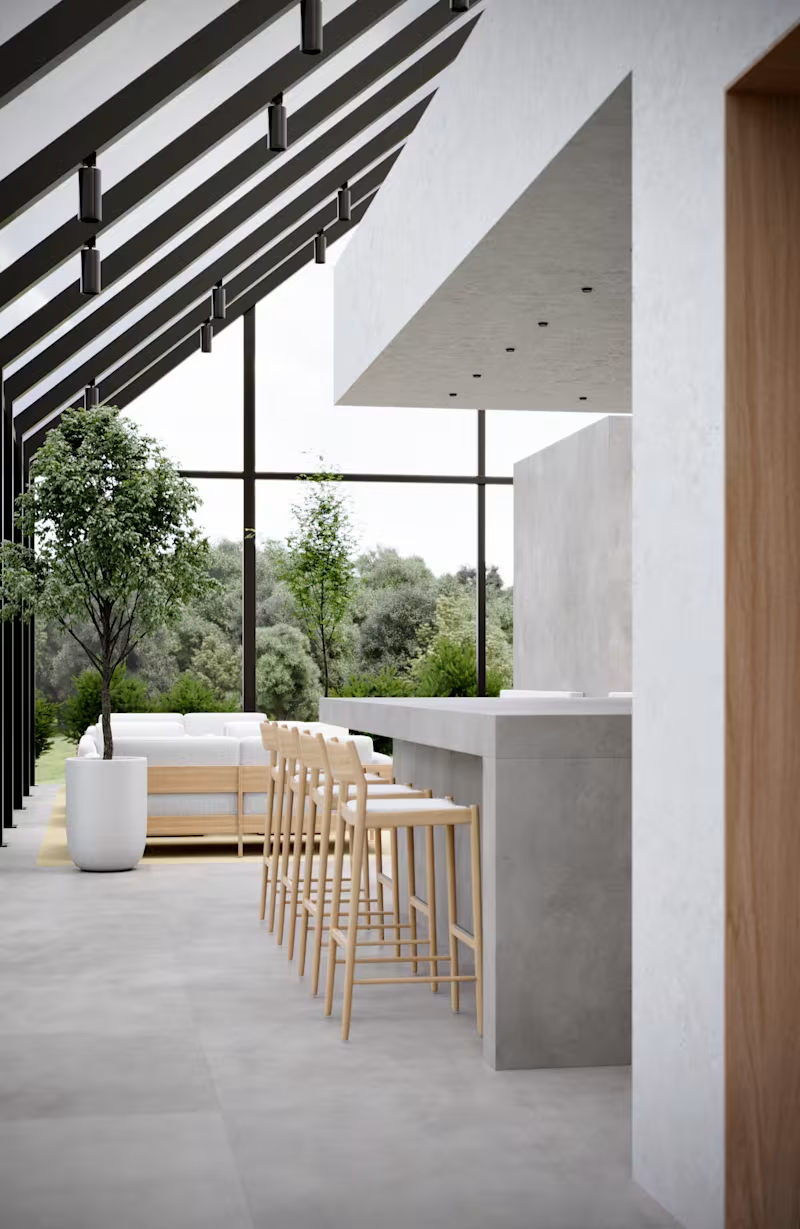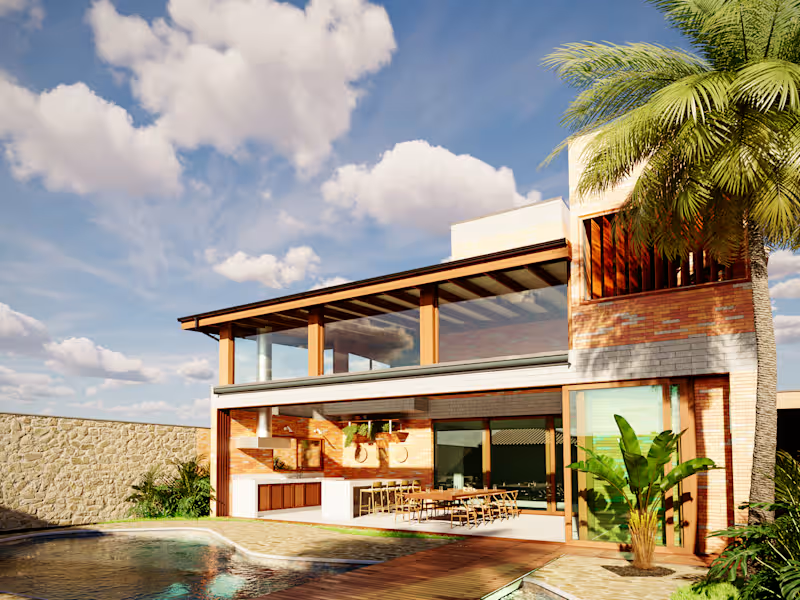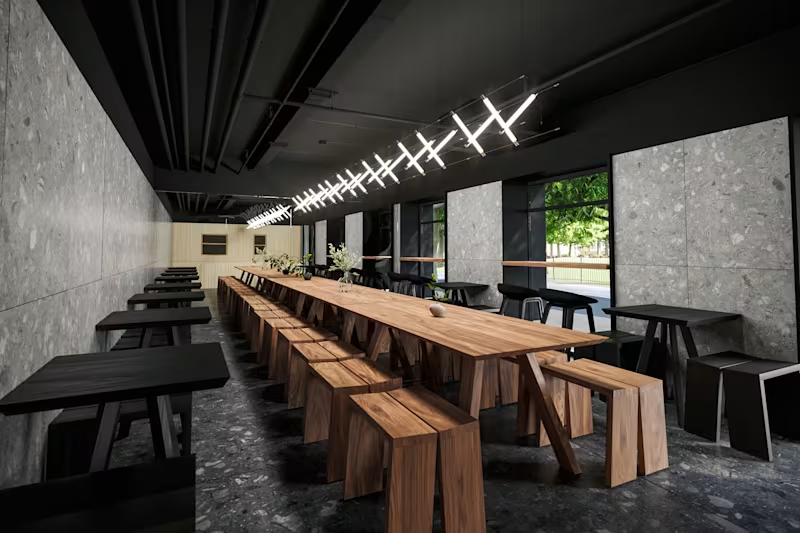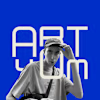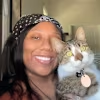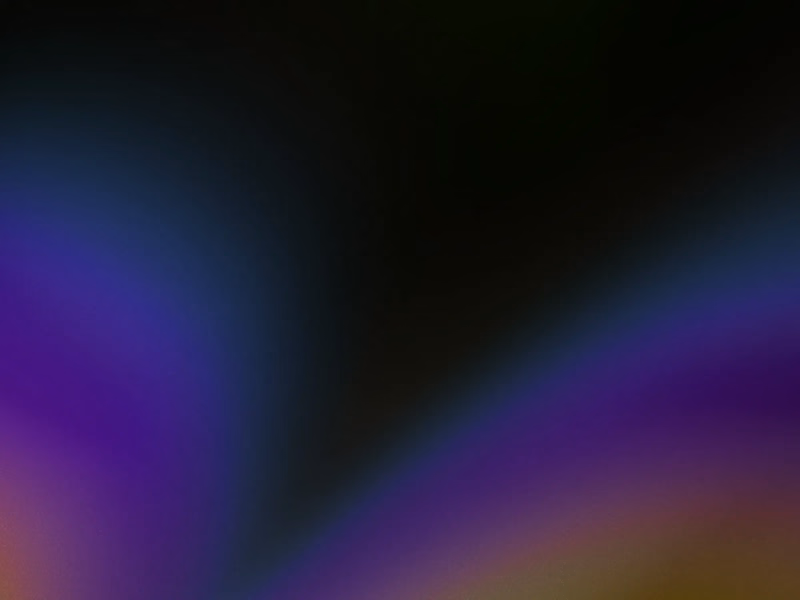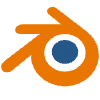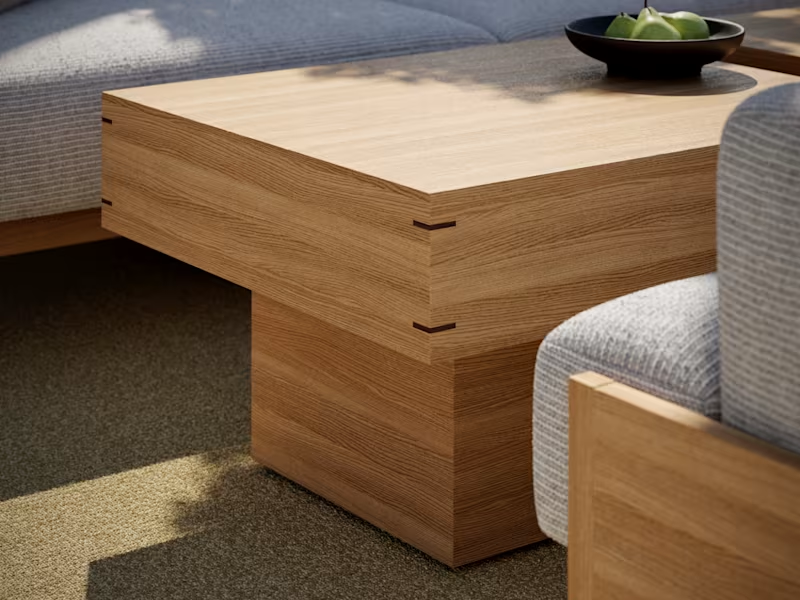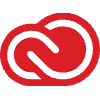How can I clearly define the project deliverables for my 3D design project?
Start by writing down all your ideas and what you need from the 3D designer. Think about the final product and what it should look like. You might include details like textures, colors, and dimensions. Make sure to go over these details with your 3D designer to ensure they understand what you want. This way, everyone knows what the final project should look like.
What steps should I take to ensure effective communication with a 3D designer?
Set up regular meetings to discuss the project. Use simple words and pictures to show what you want. Make sure both you and the 3D designer know the best way to contact each other. You can use apps or email for sharing updates. Good communication helps keep the project on track.
When starting a 3D design project, how do I set realistic timelines?
Talk to your 3D designer about how long the project will take. They can help you understand how much time each step needs. Be sure to include time for reviews and changes. Breaking the project into smaller parts can make it easier to manage. This helps in setting a deadline that’s fair for everyone.
How should I handle the initial design phase for a 3D design project?
The initial design phase is where ideas turn into plans. Share any sketches or models you might have. Make sure to give feedback as soon as possible when the 3D designer shares initial designs. This is the foundation for the rest of the project, so clarity is key. Getting input from others on your team can also be helpful.
What important factors should I consider when writing a contract with a 3D designer?
Your contract should state all the details clearly so both sides know what’s expected. Include the project scope, deadlines, and special requirements. Mention important milestones and how feedback should be given. Both you and the 3D designer should agree to these terms. This helps everything run smoothly.
How can I evaluate the skill level of a 3D designer during the hiring process?
Look at their past work to see if the style matches your vision. Ask them to explain their design process and how they solve problems. If possible, invite them to work on a small sample project first. This gives you a better idea of their skills. Checking reviews from their previous clients can offer more insights.
In Missouri, what local resources can help in finding inspiration for a 3D design project?
Missouri has many museums and parks that can be great sources of inspiration. Visit places like the Saint Louis Art Museum or the Gateway Arch to see unique designs and structures. Nature spots like the Ozark National Scenic Riverways can also provide ideas. Local architecture and history can add a special touch to your project. Always consider the local culture, which might give your design a special edge.
What should I consider about the 3D designer’s accessibility for meetings in Missouri?
If your designer is local to Missouri, scheduling face-to-face meetings might be easier. Consider their availability for in-person or virtual meetups. Look at time zones and how often you’ll need to discuss the project. Depending on your location in Missouri, it might also be helpful to choose a central spot for any physical meet-ups. Agree on a regular meeting schedule to keep communication open.
How can I make sure my 3D designer understands any regional preferences in Missouri?
Share your local insights or preferences that could affect the design. Discuss any regional features or style influences you think are important. If the design is tied to Missouri’s culture or history, provide the designer with background context. You could also review local design trends with them. Understanding these details can make the design more relatable and successful.
What file formats should I request for the final 3D designs?
Ask the designer which formats work best for your needs. Common ones include OBJ, STL, and FBX. These can be used for different tasks like printing or animation. Be sure to specify any software you plan to use. This ensures the files are compatible with your tools or systems. Verifying this in advance saves time later on.
Who is Contra for?
Contra is designed for both freelancers (referred to as "independents") and clients. Freelancers can showcase their work, connect with clients, and manage projects commission-free. Clients can discover and hire top freelance talent for their projects.
What is the vision of Contra?
Contra aims to revolutionize the world of work by providing an all-in-one platform that empowers freelancers and clients to connect and collaborate seamlessly, eliminating traditional barriers and commission fees.
